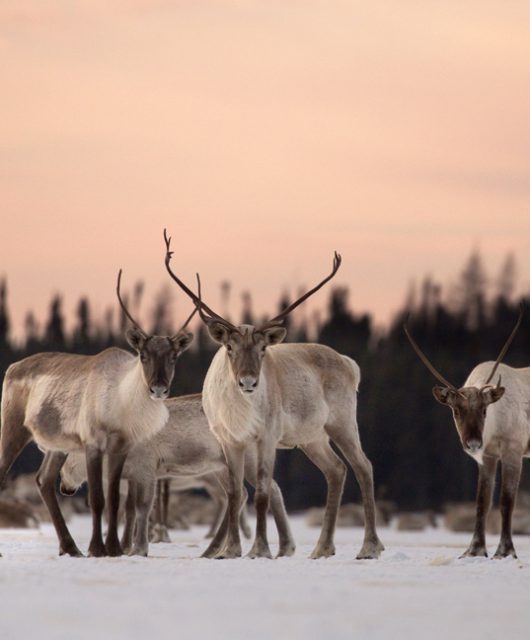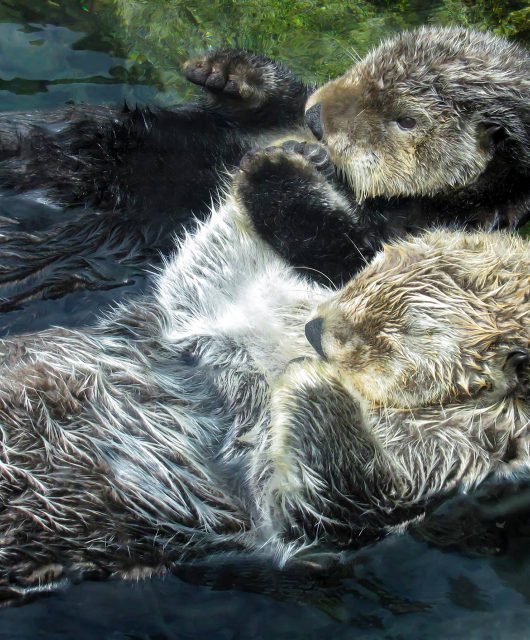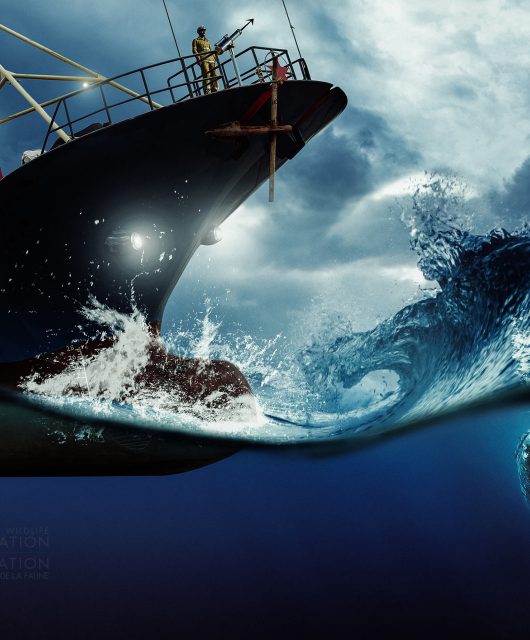Why so many marine species are seeking colder waters
Most of us know by now that the oceans simply cannot increase their temperatures by more than 2℃ without disastrous consequences – we’re talking life altering implications for marine life.
What’s the Big Deal?
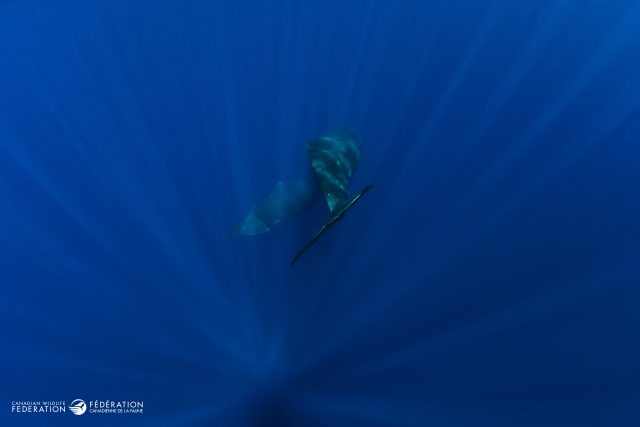
You might be wondering…what’s the big deal about a shift in temperatures as minor as that. In so many parts of Canada, we experience fluctuations in temperatures every day! A difference of 2℃ in rising temperature means less food for wild species. It means travelling into parts of the ocean that is unknown. It can mean mass extinction. And it’s happening world-wide.
A recent study published this year looked at nearly 50,000 marine species around the equator, monitoring species distribution and richness (how many different species are in an area) since 1955 found that the number of species in a given area hits a plateau or decreases at sea-surface temperatures above 20℃. And there is a dip in species richness at the equator. Many of the marine species impacted with this temperature are part of the food chain for bigger marine species. The fewer molluscs, reef fish and other prey species means less food for all types of bigger fish, whales and sharks.
That has researchers very concerned. The shift in temperatures today is similar to what happened 252 million years ago when global temperatures warmed by 10℃ over the course of 30,000 to 60,000 years. It’s no secret that that had a disastrous outcome – the death of 90 per cent of ALL marine species worldwide.
As more and more marine species move into colder subtropics water, the authors are foreshadowing a similar outcome where these marine species struggle to compete and adapt.
A Huge Shift
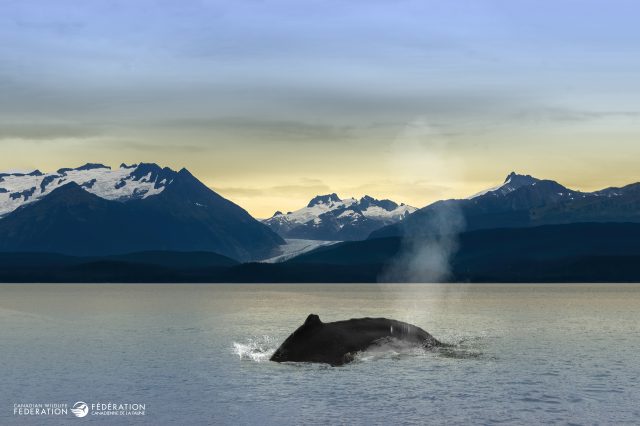
Another study published in the Nature Climate Change journal, is showing that marine species closer to home are noticing that the world’s oceans are warming up too. While not every marine animal and species is responding to climate change – a whopping 82 per cent are! Their response? They’re moving towards the poles by shifting their distribution an average of 72 kilometres for every 10 years.
The more mobile and faster the marine critters are, the faster they’re moving. Some of these more mobile creatures are travelling between 275 to 570 kilometres towards the poles in a single decade. Just for comparison, land mammals are travelling at a rate of six kilometres per decade to escape warming temperatures.

